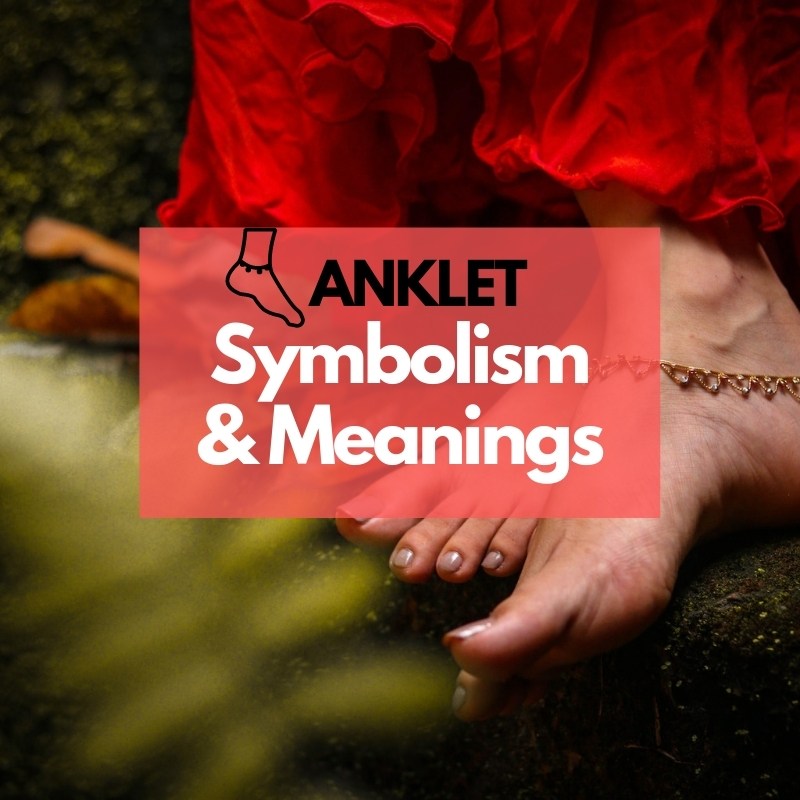
Anklets have adorned the ankles of humans for millennia, yet they remain enigmatic symbols intertwined with a multitude of cultural beliefs and social practices. The choice of which ankle to wear an anklet on is not merely a matter of personal preference; it carries significant symbolism and tradition across various cultures. This article delves into the fascinating world of anklets, exploring the nuanced meanings behind their placement on specific ankles and the broader implications of these adornments.
To begin, it is essential to understand the foundational role anklets have played throughout history. In a wide array of cultures, anklets have served as symbols of femininity, beauty, and, in some contexts, marital status. For many, the anklet is a contemporary echo of age-old traditions that date back to ancient civilizations in Egypt, India, and beyond. Here, anklets were not only ornamental but also functional, serving as indicators of societal status and personal identity.
One of the most prevalent observations regarding anklets is the dichotomy between the left and right ankle. This particular choice is often laden with symbolism. Generally speaking, wearing an anklet on the left ankle is associated with one’s affinity towards femininity and emotional connection, while the right ankle is often seen as a mark of independence and strength. This apparent division offers insight into the complexities surrounding gender roles and individual identity within cultural contexts.
The left ankle, when adorned, has been linked to romantic signals and intimate relationships. In many cultures, it serves as a subtle yet powerful invitation to potential partners. It is often perceived as an expression of one’s availability, akin to wearing a ring on a particular finger. This can be observed in various practices, including the use of anklets as wedding gifts in certain traditions, where the left ankle signifies commitment and loyalty.
Conversely, anklets on the right ankle embody freedom and empowerment. Wearing an anklet on this side is often interpreted as a statement of self-sufficiency and independence. In societies where women have historically been marginalized, donning an anklet on the right foot has become a subtle act of rebellion against traditional norms, allowing women to reclaim their personal agency. This aspect of anklet symbolism illuminates the ongoing struggle for gender equality, reflecting broader societal conversations surrounding identity and autonomy.
The materials and designs of anklets also speak to their symbolic meaning. Traditional anklets, crafted from silver, gold, or adorned with gemstones, may signify wealth or social status. In contrast, woven or beaded anklets can represent a connection to nature and earthiness, serving as a reminder of one’s roots and the importance of cultural heritage. The design can act as a storytelling medium, with specific motifs symbolizing various virtues, blessings, or ancestral ties.
Moreover, anklets are also imbued with spiritual significance in many traditions. For example, in certain indigenous cultures, anklets serve as talismans believed to ward off negative energies or provide protection. Such beliefs lend an air of mystique to the anklet, elevating it beyond mere fashion to an article of profound significance. In this light, the decision to wear an anklet on either ankle can reflect one’s spiritual journey or adherence to specific belief systems.
In the contemporary world, the symbolism of anklets continues to evolve. The rise of global fashion trends has led to a cultural fusion where anklets have transcended traditional boundaries. Today, they are embraced by a diverse array of individuals, each attributing their own meanings to this age-old ornament. The choice of which ankle to adorn may not only reflect personal style but also signal an alignment with specific cultural traditions or contemporary movements.
In examining the varying meanings associated with anklet placement, it is crucial to acknowledge the personal dimensions of this adornment. One’s decision to wear an anklet on a particular ankle can be a deeply personal expression of identity, an embodiment of one’s journey, and an emblem of connections with both the past and the present. This personal narrative intertwines with cultural significance, illustrating how individual choices resonate within a larger socio-cultural framework.
Finally, the act of wearing an anklet offers a captivating glimpse into the human psyche—our desires for beauty, connection, and self-expression. As a canvas for multifaceted meanings, anklets serve not only to embellish but also to empower, challenge, and provoke thought. The fascination with anklets, and the intrigue surrounding the choice of which ankle to wear them on, speaks to the profound desire to communicate one’s identity while navigating the intricacies of cultural heritage and individual expression.
In conclusion, the intricate symbolism of anklets, particularly in relation to the chosen ankle, provides a rich tapestry of cultural meanings and personal narratives. Whether signaling romantic availability or asserting independence, every anklet tells a story, weaving together threads of tradition, empowerment, and self-expression that continue to captivate and inspire humanity.
